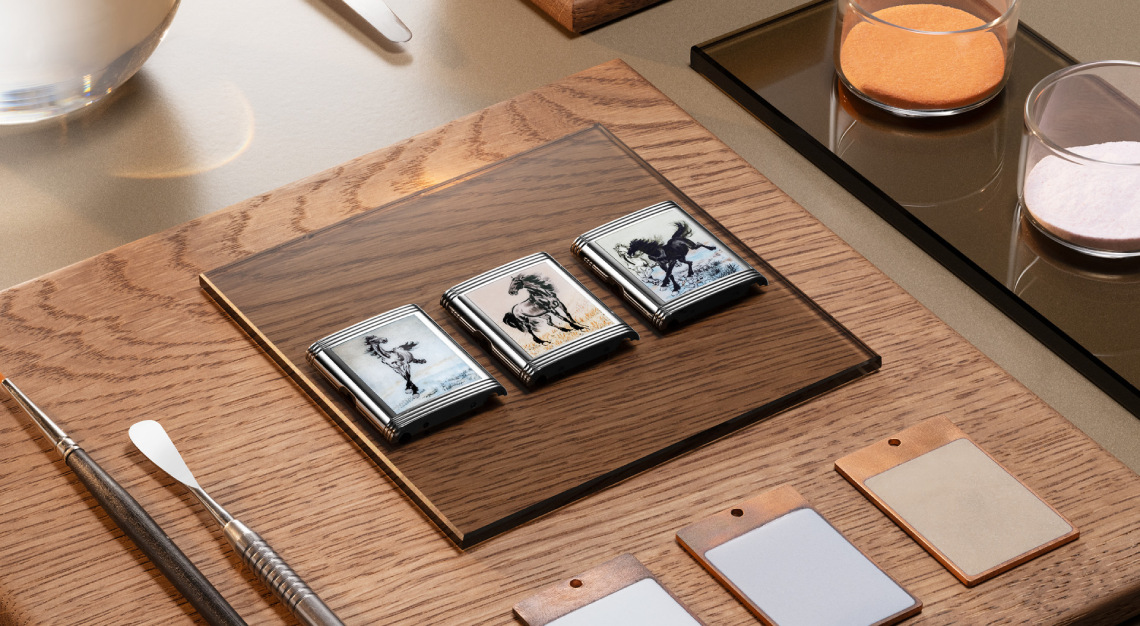There was a time when buying a watch from the world’s best independents was a straightforward process. Now, amid exploding demand, even long-time collectors are having to wait their turn
When Matt Borowiecki, a Boston-based financier, wanted to add a new timepiece to his array of A. Lange & Söhne models, he started looking at independent watchmakers to, as he puts it, “supercharge” his collection. After all, owning one of the right indies has long been seen as a sort of graduation to the big leagues of watch collecting. But he soon found that having the means, the interest, and even the right connections wasn’t enough to get his foot in the door. “It’s been incredibly difficult for me to break in,” he laments. “I’m either not playing at that level yet, or I’ve not been able to participate. I’ll hear about a brand, or I’ll hear about a release, and I’m left trying to email or go through Instagram and reach out, and it’s been a very frustrating journey for me.”
Borowiecki is far from alone. The demand for independent watches has skyrocketed in the past three years. Even longtime collectors of the realm’s leading makers—the kinds of buyers who’d typically get first access to the newest watches—find themselves having to wait their turns. Michael Hickcox, a London-based executive who has been collecting some of the independents since their earliest days, remembers a time when Finnish watchmaker Kari Voutilainen didn’t have a single order. Another collector tells Robb Report that, as recently as 2017, he was quoted a one-year wait time for a Voutilainen timepiece; now, it’s rumoured to be 10 to 12 years.

When Hickcox is granted the opportunity to place an order with an independent these days, he says, “the delivery time is super long and maybe on a slippery scale.” Hickcox recently requested a watch from Japanese duo Kikuchi Nakagawa and was told he would have to wait 10 years and pay a 45 percent deposit up front. “I think they’re under-promising and over-delivering, hopefully,” he says. “But it’s a good way to weed out flippers or people who aren’t serious. So, I think that’s kind of the new world we are in.”
This horological traffic jam is affecting most of the in-demand indies. If you were to order a watch today from Voutilainen, he says it wouldn’t be delivered until 2030. F. P. Journe’s inventory is nearly sold out, and the brand’s waiting list averages a decade. A one-of-a-kind timepiece will be offered at the Only Watch auction this month, and a limited edition—said to be Journe’s last—is expected for the 20th anniversary of its Tokyo boutique next year, but a new movement is not anticipated until 2027. A message on Dutch brand Grönefeld’s website reads, “Sorry, for the moment we can’t take new orders until further notice. We are now processing the overwhelming amount of reservations for the launch of our 1969 DeltaWorks and 1941 Grönograaf.
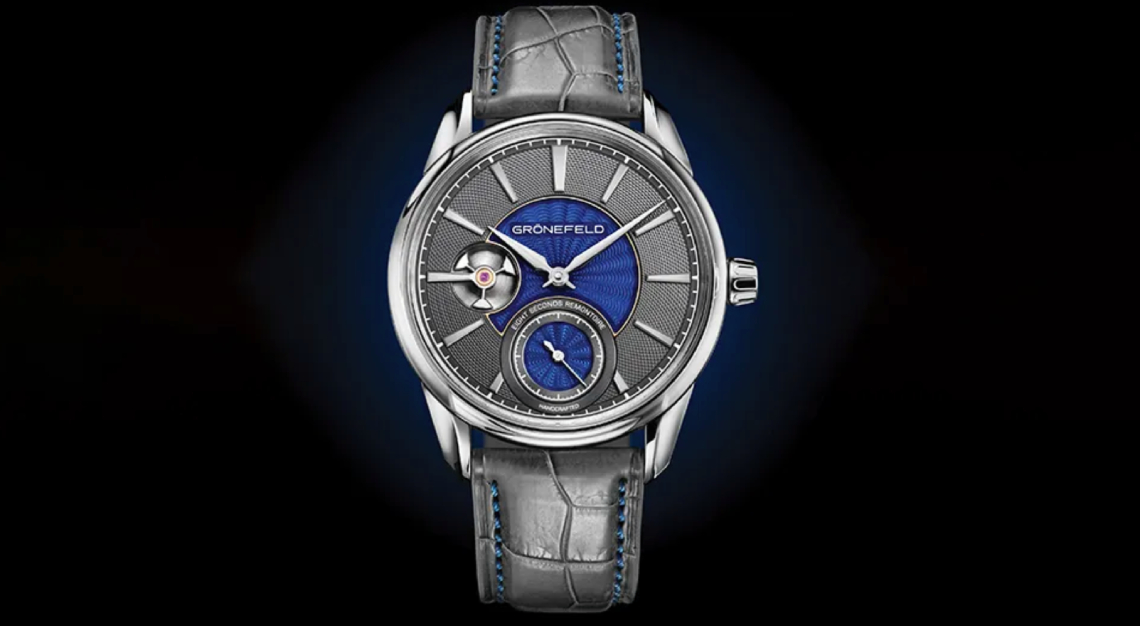
In theory, it’s a great problem to have. The reality is more complicated. In interviews, these master of the craft tell Robb Report they’re just as frustrated as their clients-in-waiting. Business has boomed since 2021, when existing and new customers alike were largely parked at home during the pandemic and flush with cash as a result. While the heightened attention and sales are beyond their wildest dreams, watchmakers say the demand is running them ragged. Part of what makes their businesses so appealing is the small scale, but many independents have had to expand their workshops, hire new staff, or even acquire other companies just to source parts. Collectors, meanwhile, are competing with an ever-growing number of customers for restricted runs. “When 2021 hit, we were like, ‘What the eff is happening to us?’ ” says MB&F founder Max Büsser. “Because it was never supposed to happen, and we never worked toward [getting big]. We worked to create yet another product and survive, and suddenly, you become rock stars.”
Last year, when brothers Tim and Bart Grönefeld launched the 1969 DeltaWorks—a US$54,000 stainless-steel time-only model they call a “sport utility watch”—the pair “already had a huge list of people wanting, or at least interested, in the new piece,” says Bart. Many of those were spillover from a list for its previous watch from 2016, the Remontoire, which sold out in about two years. “We told these people, ‘Wait for the new watch that will kind of replace the Remontoire—you will also like that,’ ” he says. “And when they saw the piece, most of them jumped on it. And then it was just crazy.” Within a few minutes, he says, Grönefeld had already sold over five years’ worth of their production capacity. “We can only make 20 pieces per year, and we sold 110 pieces. Then we closed our order book.” He compares the frenzy to chart-topping bands that sell out a concert in mere minutes. But, he adds, “I wish I was a rock star, because then you can give a concert for 80,000 people, and everybody’s happy, and it’s done.”
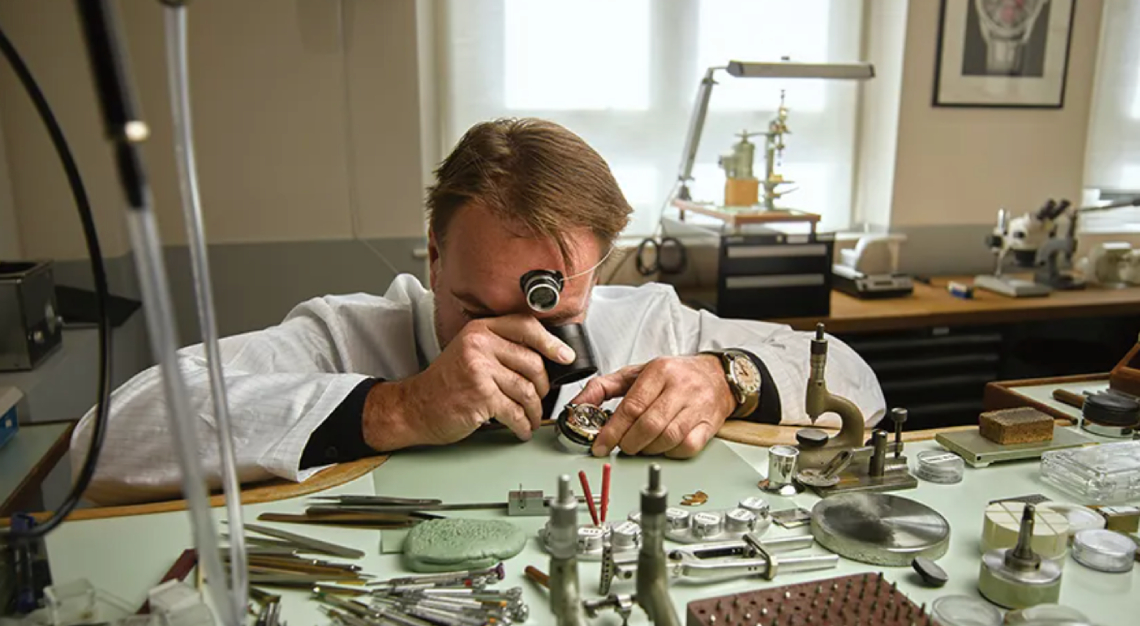
As a result of the fandom and influx of orders, nearly all of the makers Robb Report spoke to for this article have had to expand their operations in one way or another. In Voutilainen’s case, that has meant buying other companies, a strategy he has long favored but has recently had to accelerate. He bought a dial maker in 2014 and a case manufacturer in 2018, but in 2022 alone, he acquired two well-known businesses specializing in guilloche decoration. This fall, he’s opening another workshop dedicated entirely to bespoke creations. Yet his output has hardly leapt forward. “I own several companies, and today we have more people than before, but our production is not that much bigger,” says Voutilainen. “It’s still something like 60 to 70 watches per year [up from around 50 to 60], which is nothing. It’s a drop in the ocean.”
Such marginal gains are more about keeping employees happy (and existing orders on track) than they are about augmenting volume. Büsser, who has a slightly larger yield, has raised production over the past three years from 276 watches annually to about 400. His team has grown from 31 people to 50 in just the past 18 months. MB&F recently moved into its new manufacture headquarters—a refurbished townhouse in Geneva, Switzerland, named the M.A.D. House after the mechanical art devices the brand makes—which expanded its footprint from roughly 2,500 square feet to 7,000. When the company signed the lease in 2021, Büsser says the operation wasn’t growing, but it turned out to be a fortuitous investment—no one at MB&F could have anticipated how desperately it would need more room to keep pace with demand. Before, Büsser says, “We were just bare muscle. There was nobody on the team who was not hyperproductive. We just added a layer of help to the people who were there because they were also getting pretty exhausted.
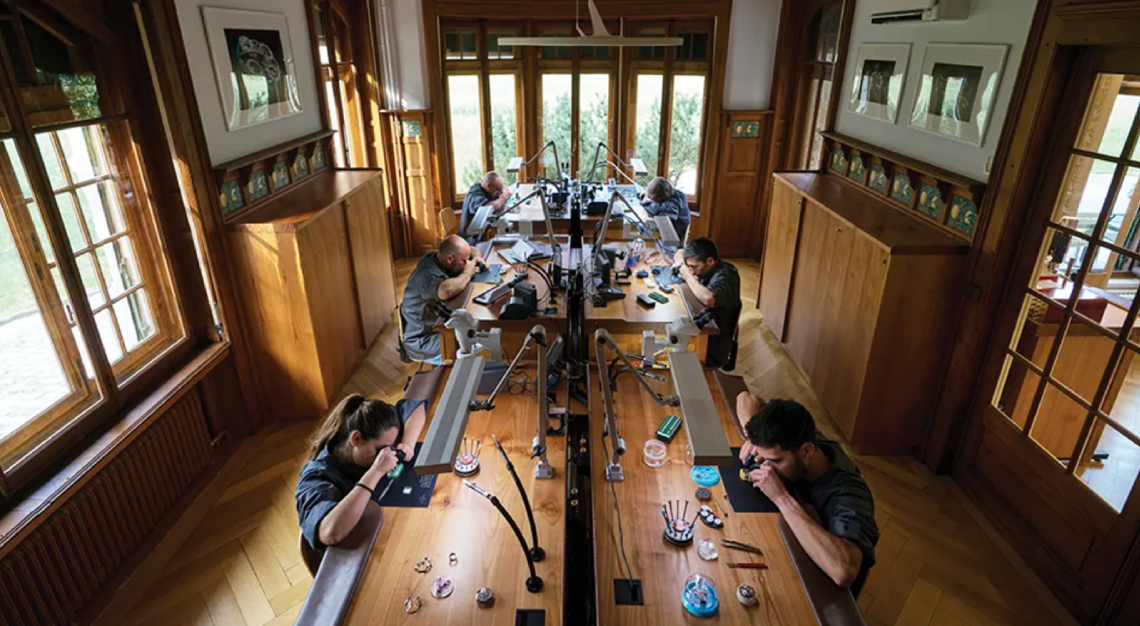
Two years ago, Grönefeld moved its headquarters to a 2,300-square-foot building—three times the size of its previous space and located on the former site of Tim and Bart’s kindergarten—in Oldenzaal, the Netherlands. But the brothers are no longer looking to increase production. “We are happy where we are, and this is fine,” says Bart. “The challenge for us is keeping that same team that we have now, keeping them happy, keeping the watchmakers happy, letting them have some fun.”
The lack of fresh talent is another limiting factor. Büsser says his biggest bottleneck is finding craftspeople who can achieve the level of hand-finishing he requires for his watches. “You can imagine, in 2023, you go and ask a 20-year-old in Switzerland, ‘Wouldn’t your dream be, for the rest of your life, to be in front of a binocular with a file, filing the edges of a bridge?’ ” he says. “I don’t know where that 20-year-old is, but clearly, he or she does not exist anymore.” As a result, he says, “this is a dying craft.”
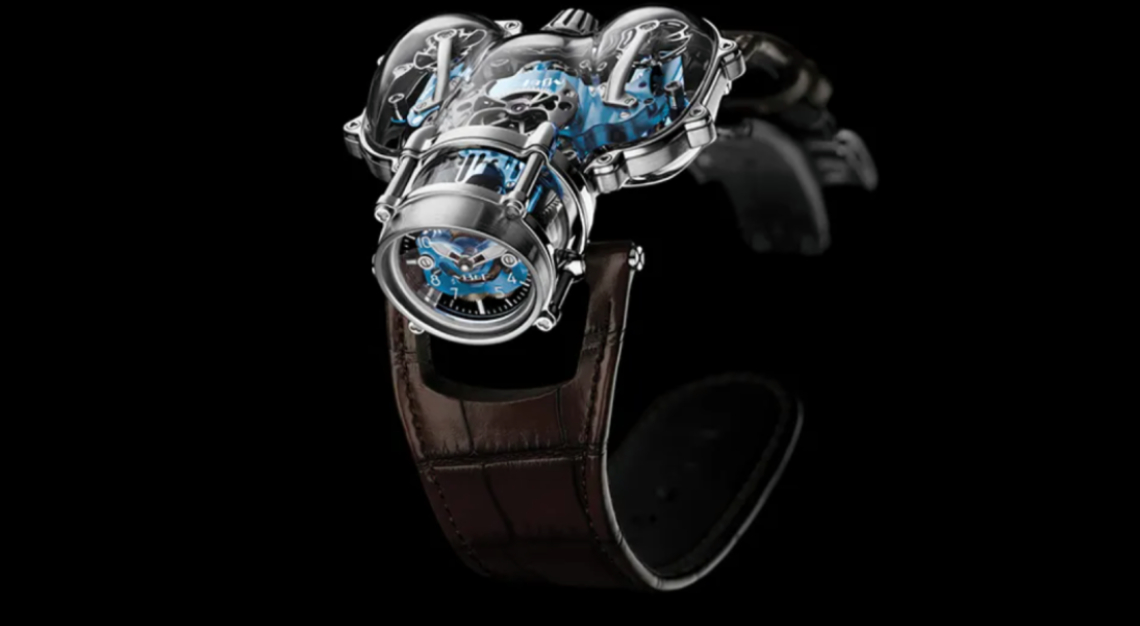
Plus, many young watchmakers have their hearts set on following in their idols’ independent footsteps. “A lot of them want to try their own journey or their own story,” says French watchmaker Vinanney Halter. “More and more want to take one part of the cake.”
But how long will this golden era last? Halter, who has had his own atelier since 1985, warns that while young upstarts are benefitting from the hype surrounding their predecessors’ recent successes, as well as from modern marketing tools such as social media, they shouldn’t try to grow too quickly. “For me, I don’t know if it’s right for things to run too fast when hard work takes so long,” says Halter. “It’s quite dangerous to follow this behavior.” What goes up, after all, must eventually come down. “I started in the late ’90s, and have lived through a few crises,” he adds. “I know now to be careful about success.” Grönefeld has also experienced its share of down periods. “Every time I thought, ‘Oh, my God—is this the end of our brand?’ ” Bart says. “I thought at least four times about stopping.”
“I wish I was a rock star, because then you can give a concert for 80,000 people, and everybody’s happy, and it’s done.” – Bart Grönefeld
But now that their businesses are on more solid footing, many of these established watchmakers—who range in age from 51 to 66—are contemplating what might happen to their firms after they retire. Remaining independent is often a top priority, and for some, that means looking to family to carry the torch. Voutilainen’s daughter is a watchmaker in charge of the workshop at Urban Jürgensen (a company her father co-owns with other investors), while his son is studying material engineering at the Swiss Federal Institute of Technology in Lausanne. Both, he says, are open to continuing the family business. Likewise, Bart Grönefeld says he and his brother plan to keep the company they founded in 2008 in the clan. “We are third-generation watchmakers, my brother and I,” he says.
“I have two daughters, and Tim has two sons, and they’re all preparing themselves either to be a watchmaker [or] to be of value in our company.”
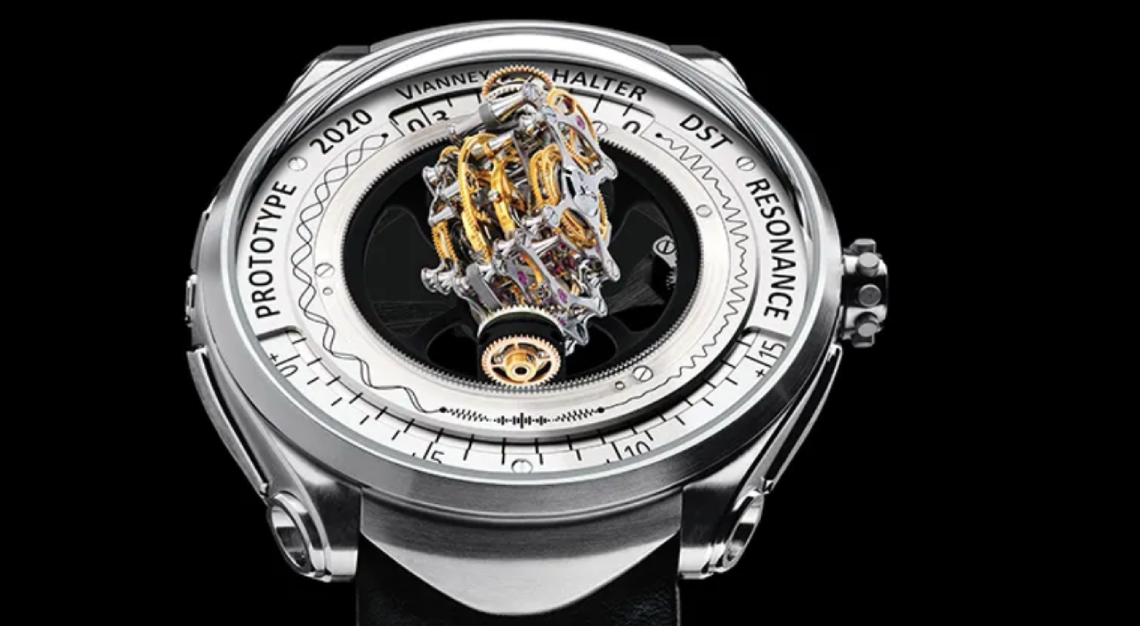
Outside investment, however, isn’t out of the question. François-Paul Journe, who has two children who reportedly don’t want to join their father’s profession, sold a 20 percent stake in his company to Chanel in 2018. The fashion house is said to stay out of the business’s operations. “Chanel is not there for the money,” says Pierre Halimi, general manager of F. P. Journe in America. “They have enough money on their own. They don’t need this. What they want is the legacy.” He adds that F. P. Journe is already grooming someone to be a future CEO, and its leaders have their eye on a young watchmaker to succeed Journe in the creative sphere, though he remains mum on both names.
Büsser is similarly considering hiring a CEO and a creative director when the time is right. Others say the prospect of bringing on partners is becoming more and more appealing. “We always tell ourselves we are not looking for investors just with money, that just want to see turnover growing,” says Grönefeld. “It’s almost impossible to increase turnover, because we need more watchmakers. But if there is a company that really wants to make a bigger group, we will be open for conversation. It gives my brother and I a little more security for retirement, because most of our money is in the company.”
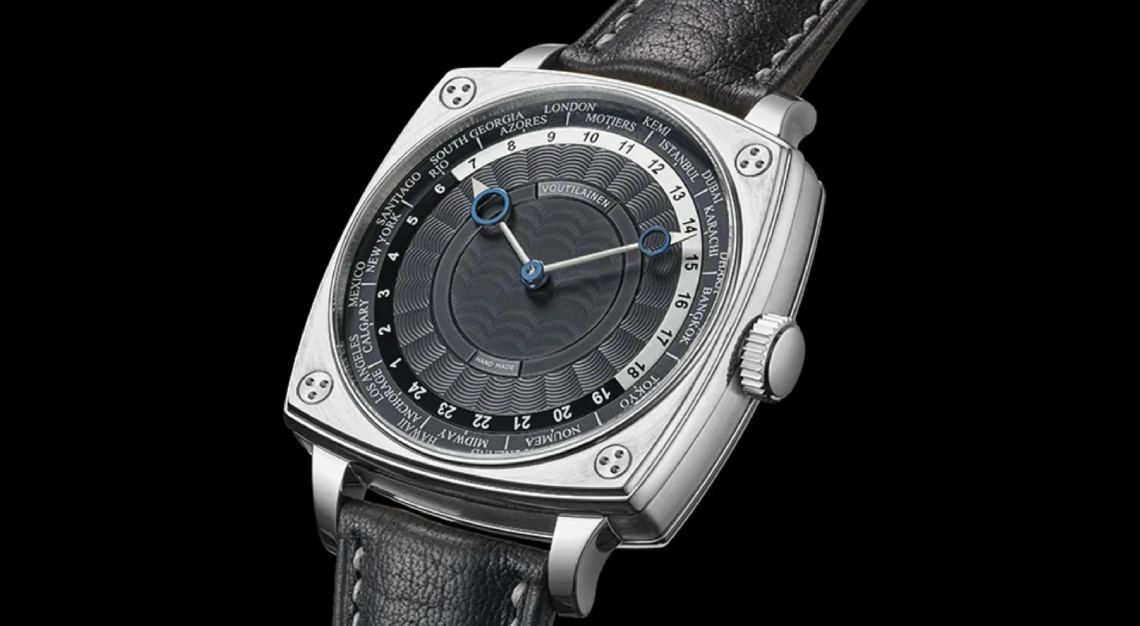
But making more money was never the primary goal for these creatives. What they want is to be able to make innovative watches for dedicated clients (even if it means those collectors have to wait, sometimes for years). “It’s not always about more and more and more,” says Grönefeld. “It’s about continuity.” For Halter, it’s important to have a personal touch. “If I can meet my customer at the time of delivery of the watch, I manage to do that,” he says. “Because it’s one value added to the work and to the watch.” Unlike bigger brands, especially those owned by luxury conglomerates, there are no mandated bottom lines or board members to answer to. And that’s how they like it. “People like Kari [Voutilainen], François-Paul [Journe], Felix [Baumgartner, of Urwerk], myself… we never created this because we thought there was any money in it, and we’ve had so many sleepless nights just trying to survive,” says Büsser. “It’s never been about growth—we’ve been doing this because it’s what makes us happy and proud. It’s our story. So, now we’re successful. Great. But it’s never been the goal.”
While it’s all well and good to be prosperous, the one thing all of these makers lack is the thing they’ve dedicated their lives to: time. The most pernicious impact is on invention. The hours, minutes, and seconds needed to realize new ideas are no longer there. “I’m trying to be as diplomatic as possible, but the only place I get my rush of adrenaline is in creating,” says Büsser. “Producing? No. Selling? God, no. Marketing? No. I just get my kicks, my dopamine, my adrenaline, when I’m creating stuff.” Over Zoom, from his office in Geneva, he shows off a few prototypes, including a fun and quirky arachnid desk objet designed to hold his pocket-watch collection, while noting that he has nine new calibers in the pipeline. “I’m super frustrated because now, if I come up with an idea, my team looks at me, more or less kindly saying, ‘2031,’ ” he adds with a laugh. “I’m like, ‘Dude, 2031? I’ll be 64 years old.’ That’s not an option.”
New kids on the block
If you can’t get your hands on one of the more established independents’ wares, turn your attention to the talents below, who have all decamped from big-name brands or accomplished ateliers to start their own ventures. And they’re already reaching the top of collectors’ wish lists.
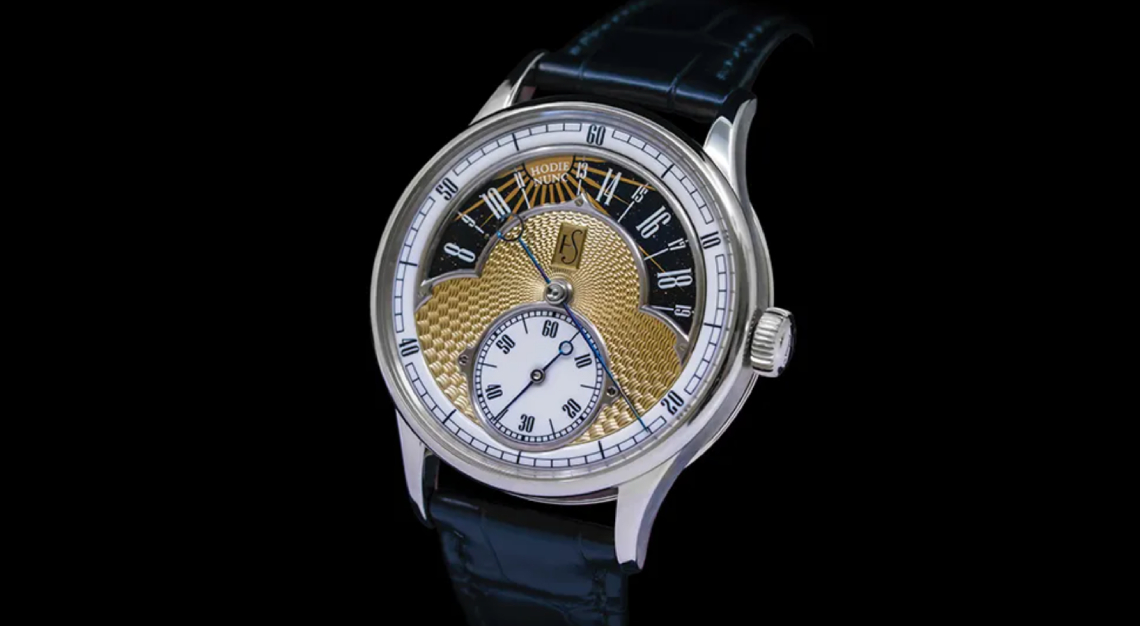
With Philippe Dufour, the godfather of modern independent watchmaking, as his mentor, Schlüchter was bound to make the horological community take notice. But before he sought the tutelage of the Swiss master, Schlüchter had already spent a decade at Bovet, where he eventually became the director of its manufacturing facility, Dimier 1738, before departing in 2017 to work on freelance projects for other brands. It wasn’t until March 2022, after receiving Dufour’s guidance, that he finally felt prepared to start creating watches under his own name and opened an atelier in Biel, Switzerland.
He revealed his ambitious debut model, L’Essentiel (pictured), in June. What first catches the eye is the extraordinary hand-turned guilloche decoration on its German-silver dial. It’s framed by a grand feu–enamel minutes track in white with an enamel seconds counter at six o’clock. A 24-hour rotating aventurine disc tells the hour with a gold-plated sun and a moon printed in silver. The disc displays a message, which can be anything the owner requests, but here reads “Hodie Nunc,” or “Today Now” in Latin. The movement beneath is just as considered. It’s finished to the hilt, as expected from someone who studied under Dufour, known as the greatest living expert in horological decoration. Just 25 of this impressive limited-edition debut will be created, at about US$86,000 each.
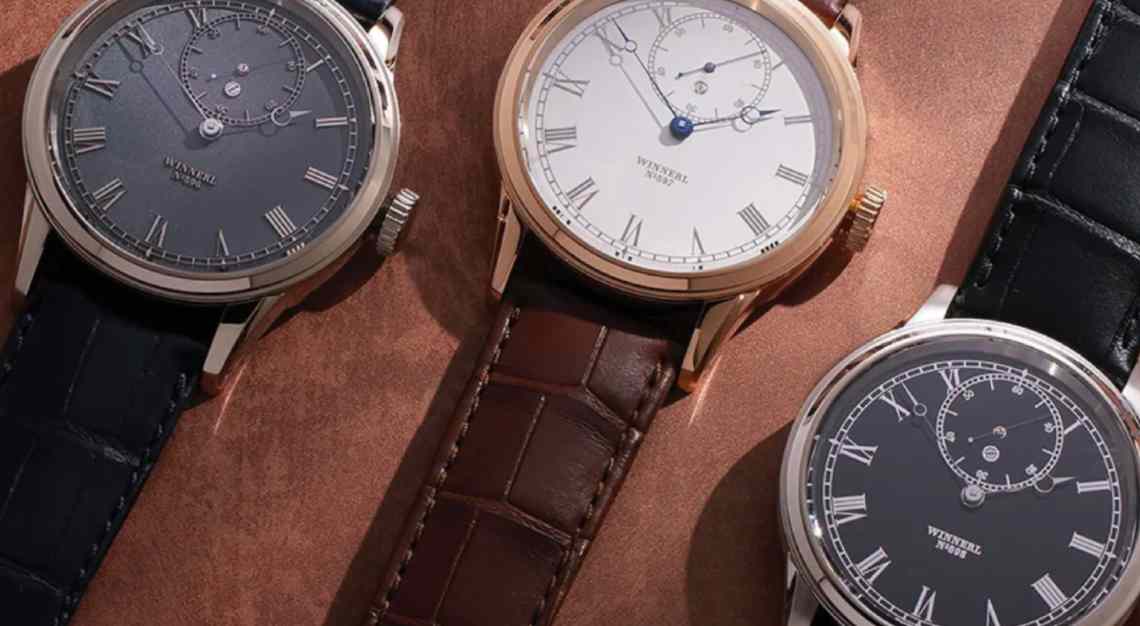
What may be most impressive about Zwinz, an Austrian watchmaker based in Switzerland’s Vallée de Joux, is that he made the Founder’s Series (pictured), the first serial production for Winnerl— the brand he founded in 2012—entirely by himself. It’s an extraordinarily difficult feat, even by the rigorous standards of top-tier independents. His follow-up, the Tremblage, which debuted in 2020, was inspired by a marine chronometer designed by the company’s namesake, 19th-century watchmaker J. Th. Winnerl. The finishing of the escapement wheel alone is said to take five days, and the shimmering effect of the pink-gold dial is created by lightly tapping an engraving tool across the surface more than 200,000 times.
Before he struck out on his own in 2004, Zwinz worked for many important ateliers, including Vacheron Constantin and Roger Dubuis, and was the first watchmaker hired by Philippe Dufour, with whom he spent four years. The influence of his former employers is evident in his design, movement construction, and finishing.
The Founder’s Series consisted of three iterations of a marine chronometer, all with mirror-polished and blued-steel hands: an 18-karat-white-gold case with a blue-gold dial (US$77,210), an 18-karat-pink-gold case with a white-enamel dial (US$77,210), and a platinum case with a black-enamel dial (US$99,000). The Tremblage was limited to just six pieces, which sold out immediately.
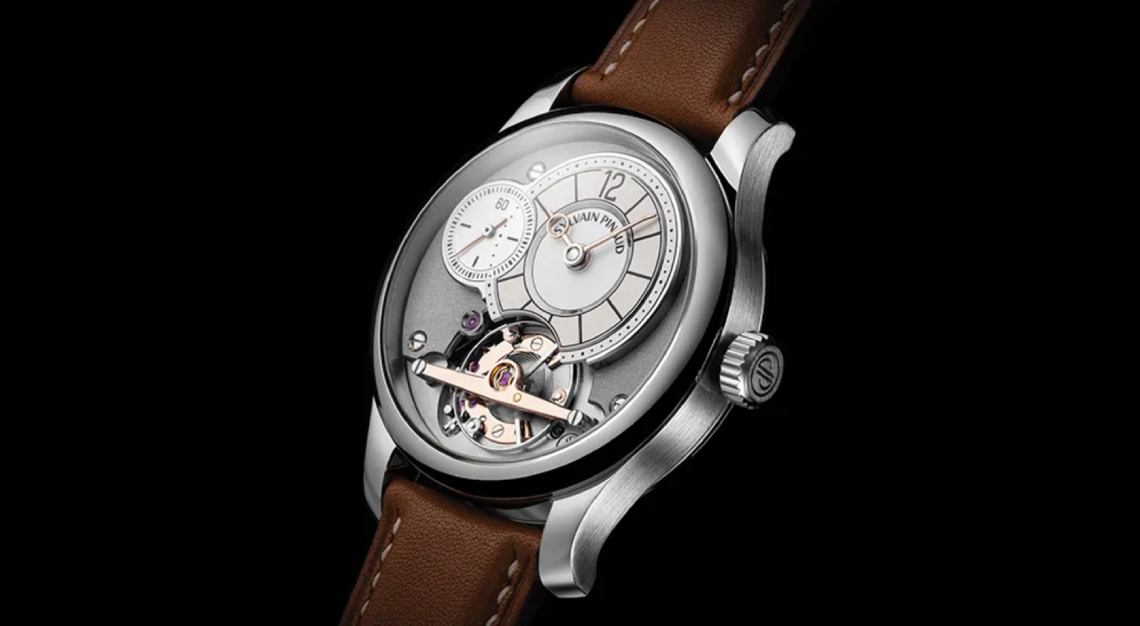
A former watchmaker at Franck Muller and prototype maker for Carl F. Bucherer, Pinaud set up his own workshop in Sainte-Croix, Switzerland, in 2018. He took the horological world by storm last year when his Origine watch (pictured) won the Revelation Prize at the Grand Prix d’Horlogerie de Genève (the Oscars of watchmaking). The design features an asymmetrical layout with a white dial for the hours and minutes placed between one and three o’clock, a white seconds counter overlapping the hours and minutes dial between eight and ten o’clock, and a large rose-gold balance wheel and bridges at six o’clock. All hover over a beautifully executed silvered dial.
Everything from its original movement to the rose-gold hands and bridges to the jewels and screws has been meticulously hand-finished.
This year, Pinaud resurrected a 2019 creation—his Chronograph Monopoussoir—with an updated design, at the behest of William Massena, a former auctioneer and horological consultant who wanted to order the watch for his personal collection. That request spawned a collaboration with Massena Lab, founded by the watch maven to develop and sell timepieces with other independent makers. The result was a stunning revision of Pinaud’s original. The piece, limited to just 10 examples, is priced at US$147,000.
This story was first published by Robb Report USA






